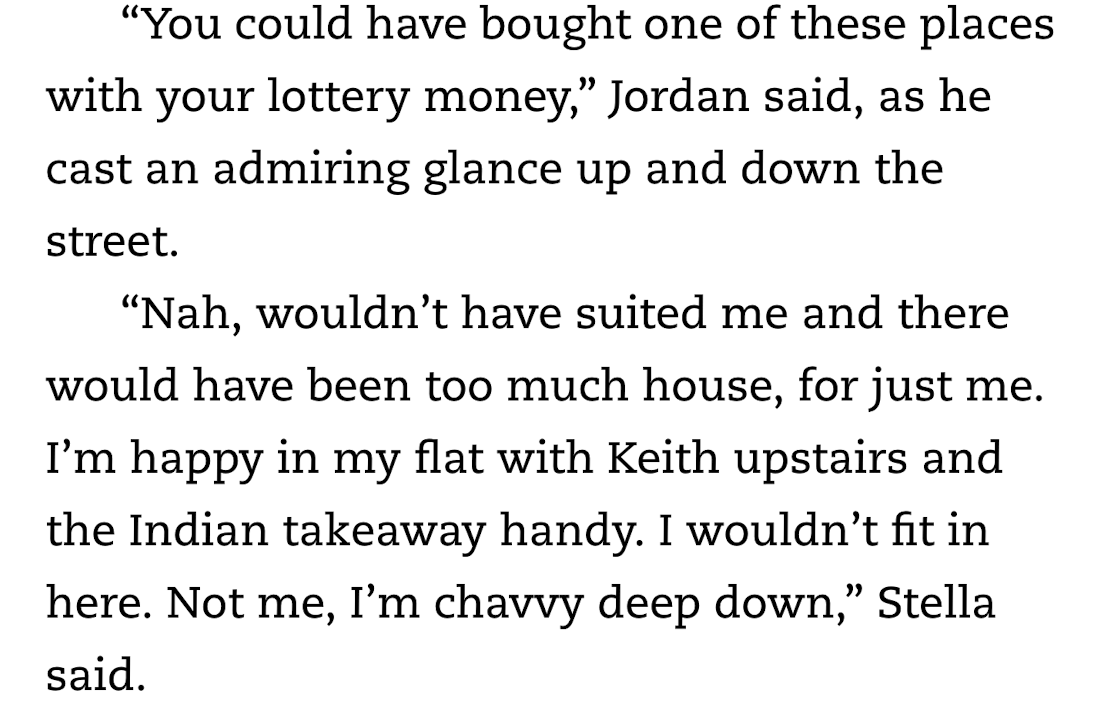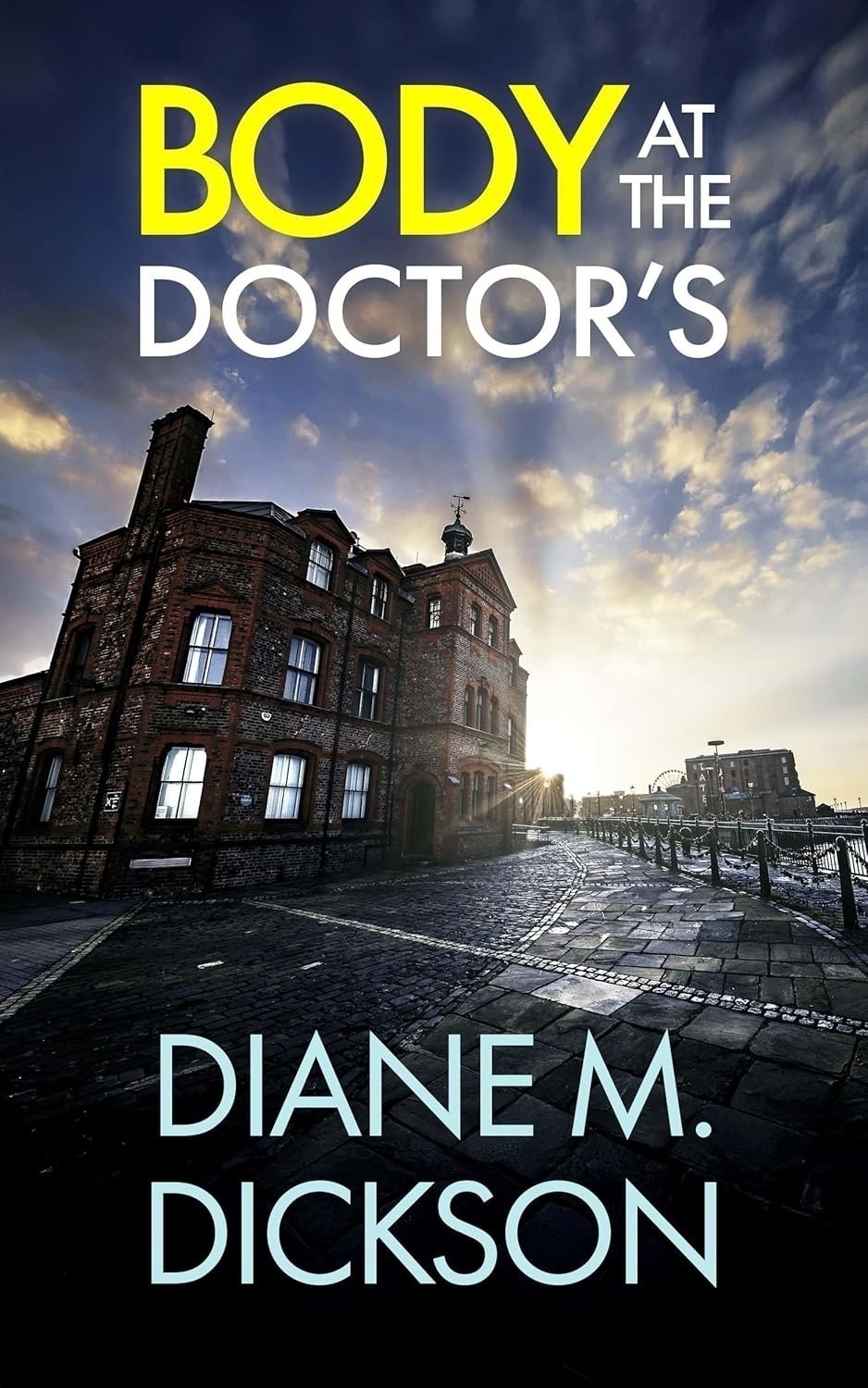The other day I watched an interesting video which then led me to Hanging Exercises for complete beginners and older adults.
I had a go the other day at a dead hang, without success so I rewatched the first part of the video linked above and tried again.
I managed a few seconds of 'sagging'. 😆
On the rare occasions I get Bracket City out without mistakes, hints or outright revealing answers I really enjoy the "Destroyer of Worlds" plaudit.

A series I seem to enjoy more with each book. Seven Deadly Sins (The Cat Caliban Mysteries Book 7) by D.B. Borton. 📚
[Cat's] sleuthing skills are called on when sixteen-year-old Peter Baer washes up on the banks of the Ohio River — a length of rope wound tightly around his neck.
Cat doesn't understand computers, not does she want to, so when her hacker nephew talks to her we get sentences like this, which I find hilarious:
You could tell him you needed me to put in some tube time frobnicating your software and working on your website.
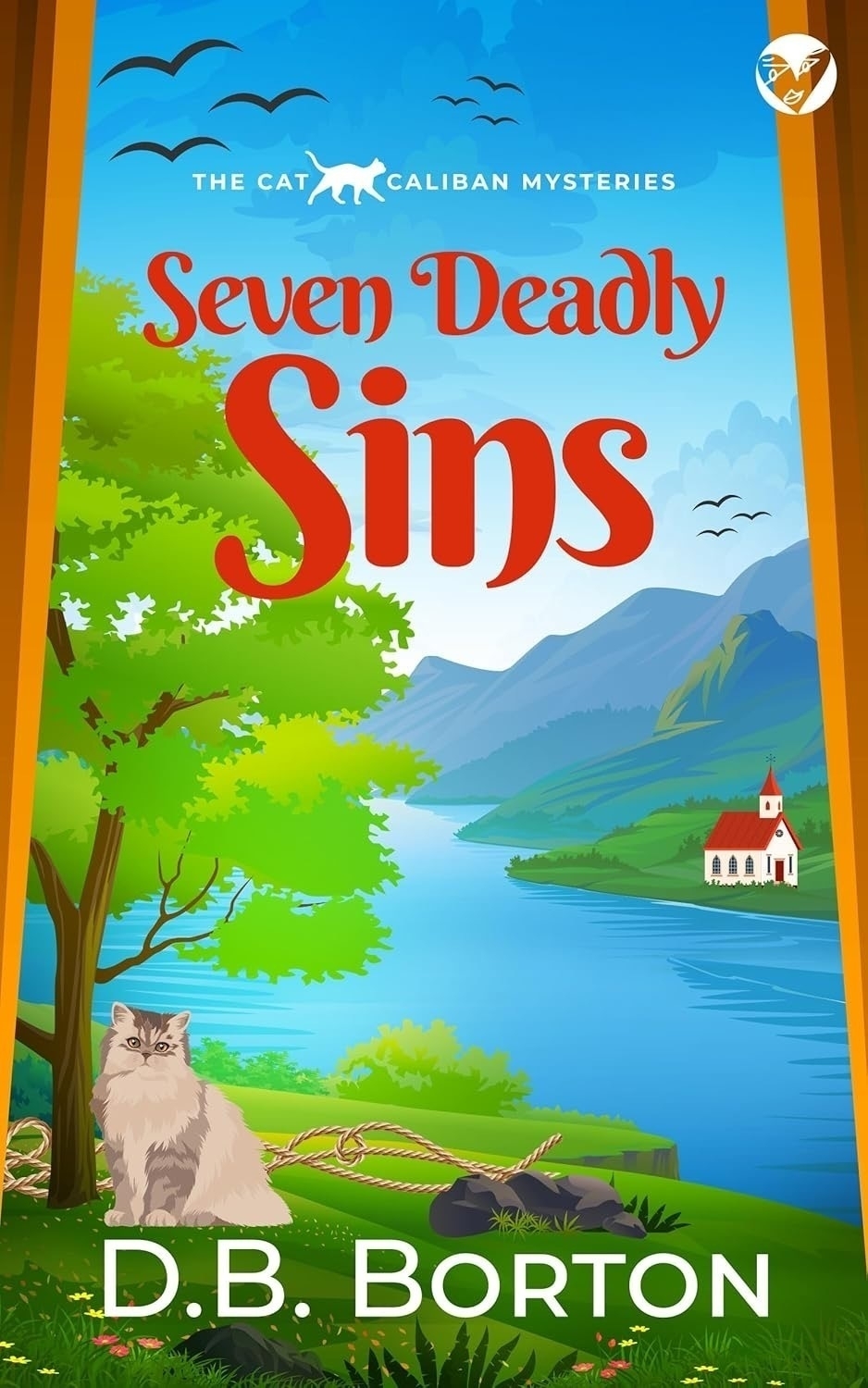
I did a 5 Km beach walk at dawn, and took a photo of the 'lake' the sea leaves behind where the river runs out.

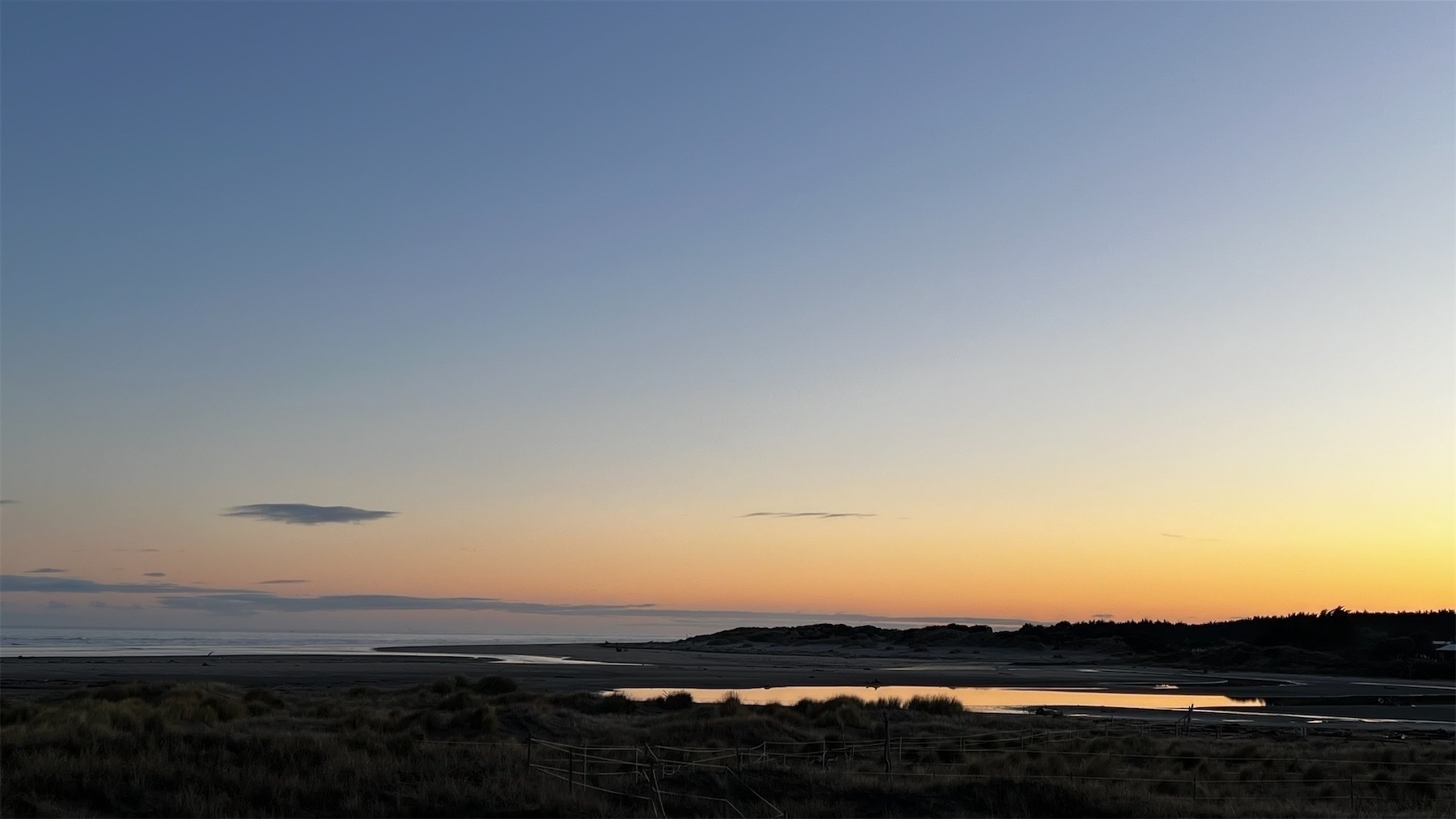
This morning for the Pacific Wave Appreciation Society I thought I'd take a wide view. 🌊
That was unexpectedly fun to see NZ's own Rhys Darby in the role of Wedding Planner on Star Trek: Strange New Worlds S03E02. Nicely played too.
This 23 minute video from Howtown is excellent The poison that made half the US a little dumber:
Leaded gasoline, paint, and pipes left a toxic fingerprint in the baby teeth of half of all Americans — and those tiny clues reveal how silent doses of lead rewired IQ scores, crime rates, and mental health for decades.
It even mentions The Dunedin Study.
A dozen of these messages overnight. I get them all the time, but not usually so many at once.

I keep wondering if I should change my longstanding fairly strong password for a stronger one.
I'm always happy to buy and read books by Cari Hunter, such as The Stolen Girl. 📚
Detective Inspector Jo Shaw is bored, desk-bound, and absolutely not supposed to answer the phone call that sends her to a body in an empty house.
Quality writing, set in the UK, lesbian protagonist.
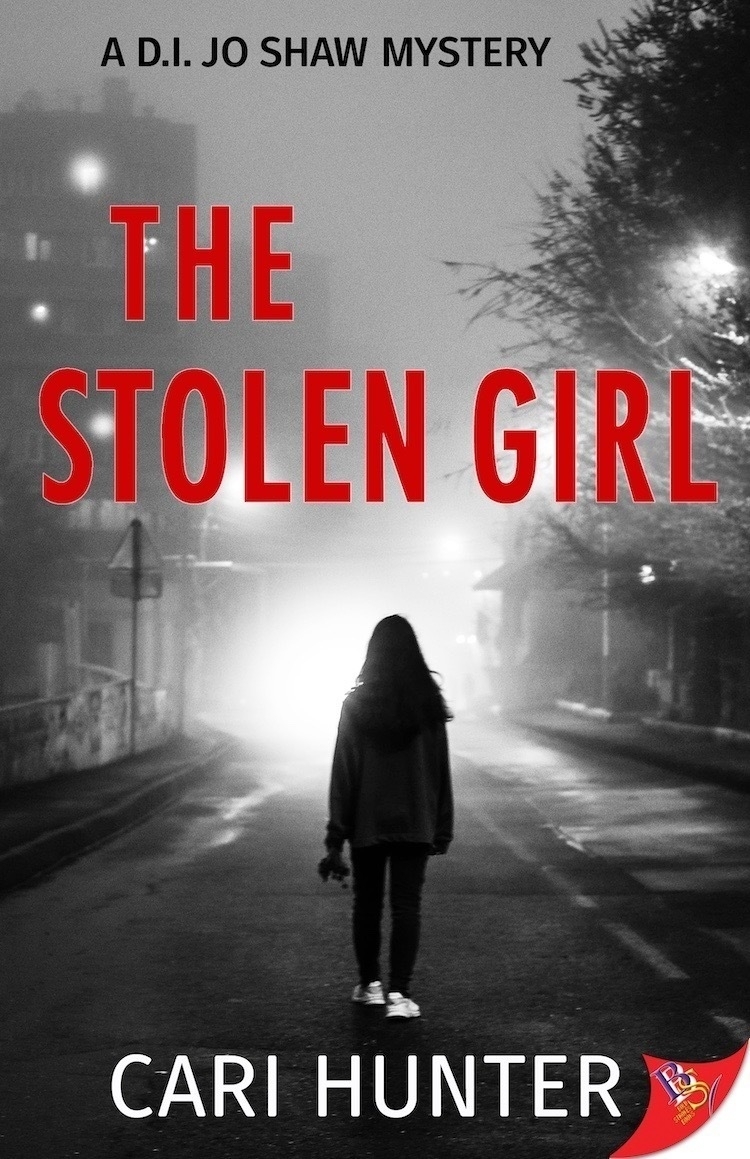
Cool! Orcas Appear to Be Sharing Their Prey With Humans—but What Does It Mean?:
The researchers identified 18 different types of orcas “gifts,” ranging from several species of rays to a strand of seaweed. Other gifts included a green turtle, an ocean sunfish, a broadnose sevengill shark and an ancient murrelet. …
In nearly all of the cases, the orca appeared to wait for a response from the human after making the offering. Then, it either recovered or abandoned the gift.
This poster is on the window of our gym. It makes me chuckle.

When I do things with weights I grimace with the effort.
One guy, "the grunter", at our early gym sessions lifts big weights and grunts all the time. I feel like suggesting he reduce the weights a bit.
Today a chap leg pressed 340 Kg!
Moments after I hung out the bird food the tauhou were eating their way through it. 🐦
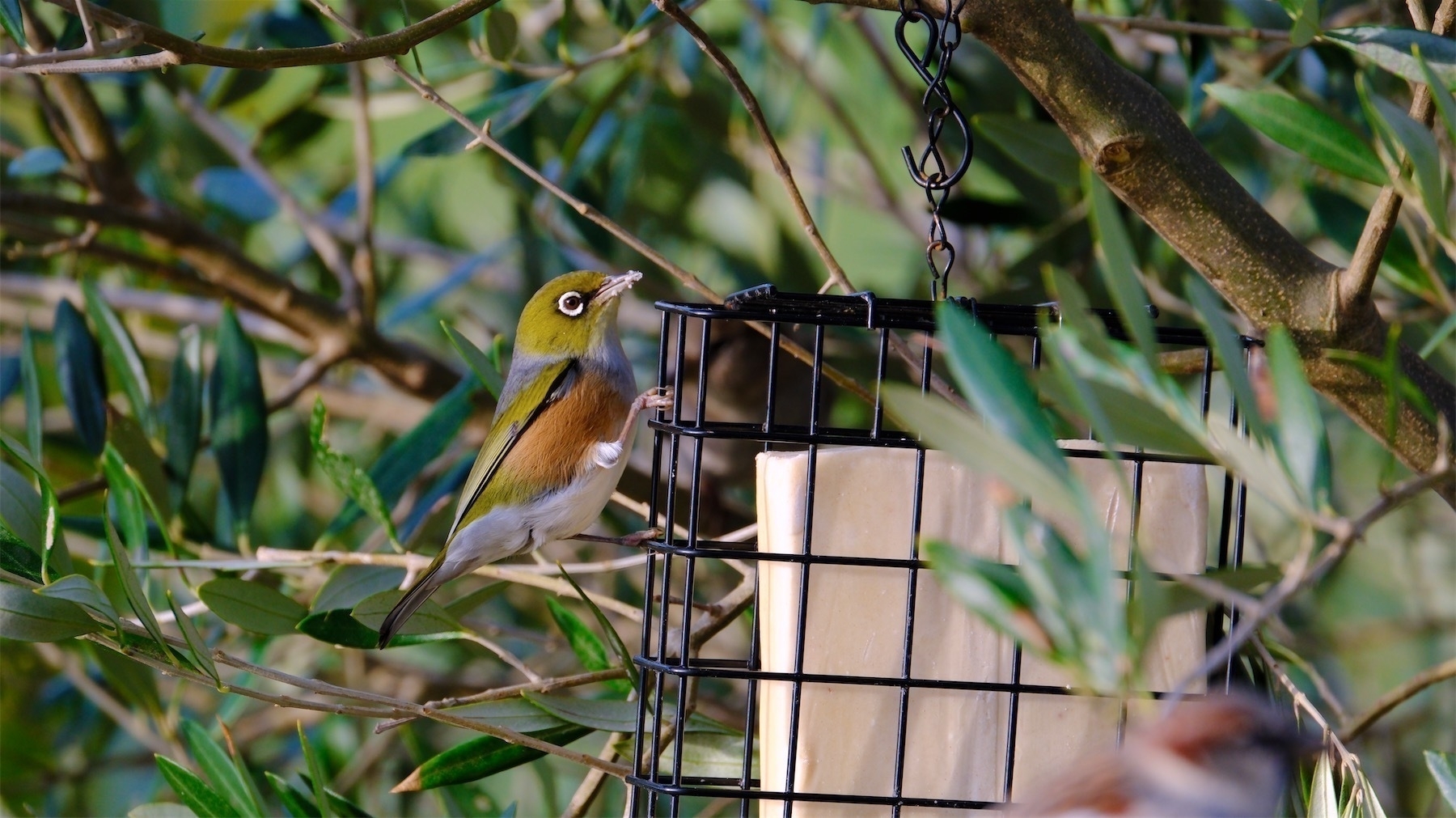

Pīwakawaka | Tirairaka | Fantails are notoriously hard to photograph in flight as they flit, dart, squirl in the air. 🐦
Today was apparently "Sit On The Railing Day" which gave me a rare chance.
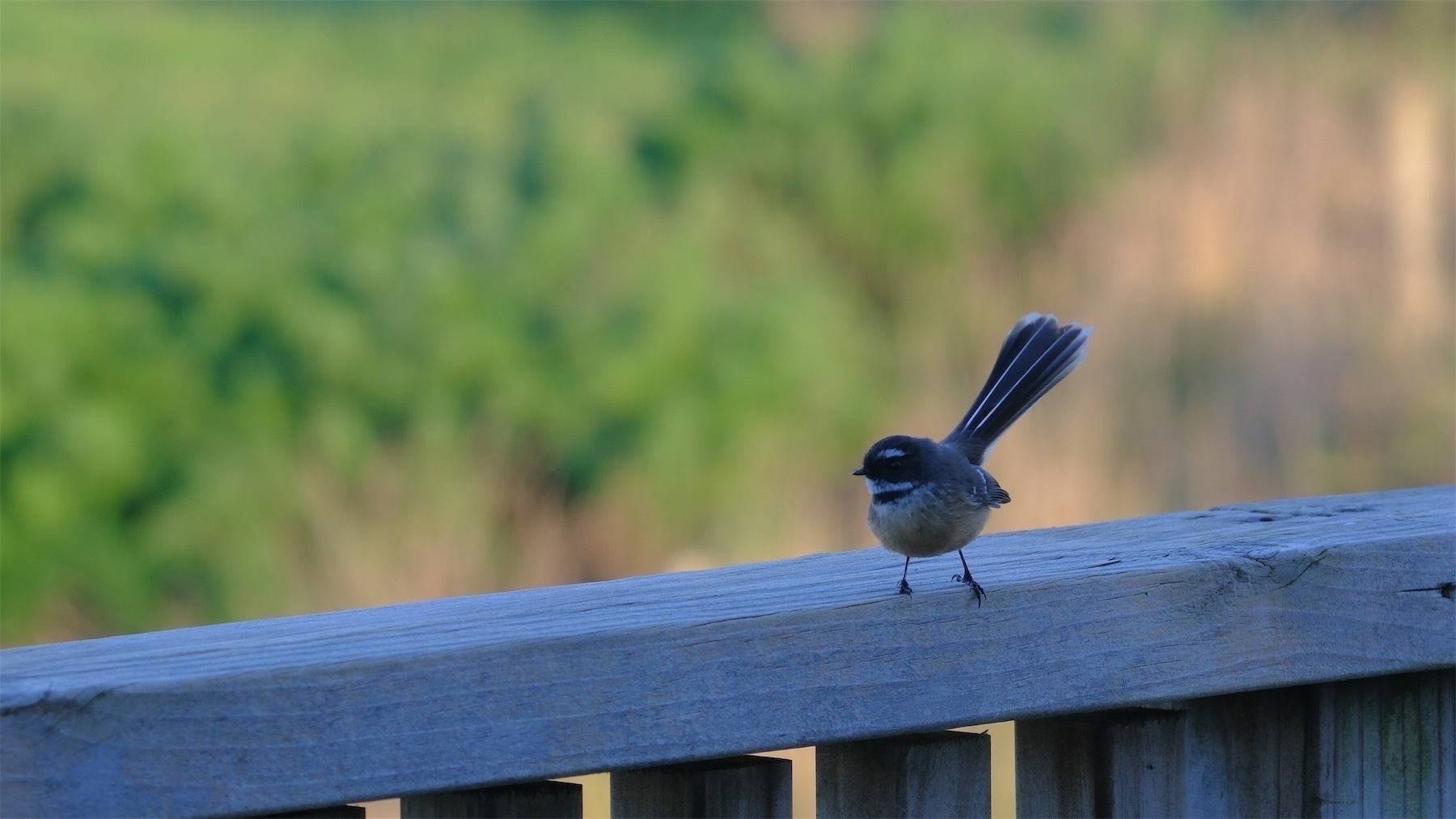
For comparison:
Piwakawaka: Length: 16 cm; Weight: 8 grams. (Not sure if the length includes the tail…)
Sparrow: Length: 15 cm; Weight: 28 grams.
Our new house has a posh al fresco
area on the east and north corner. 🏡
I digitally removed a worker in this photo from the builder.
Looks like at 2 pm in winter there's still plenty of sun to enjoy.
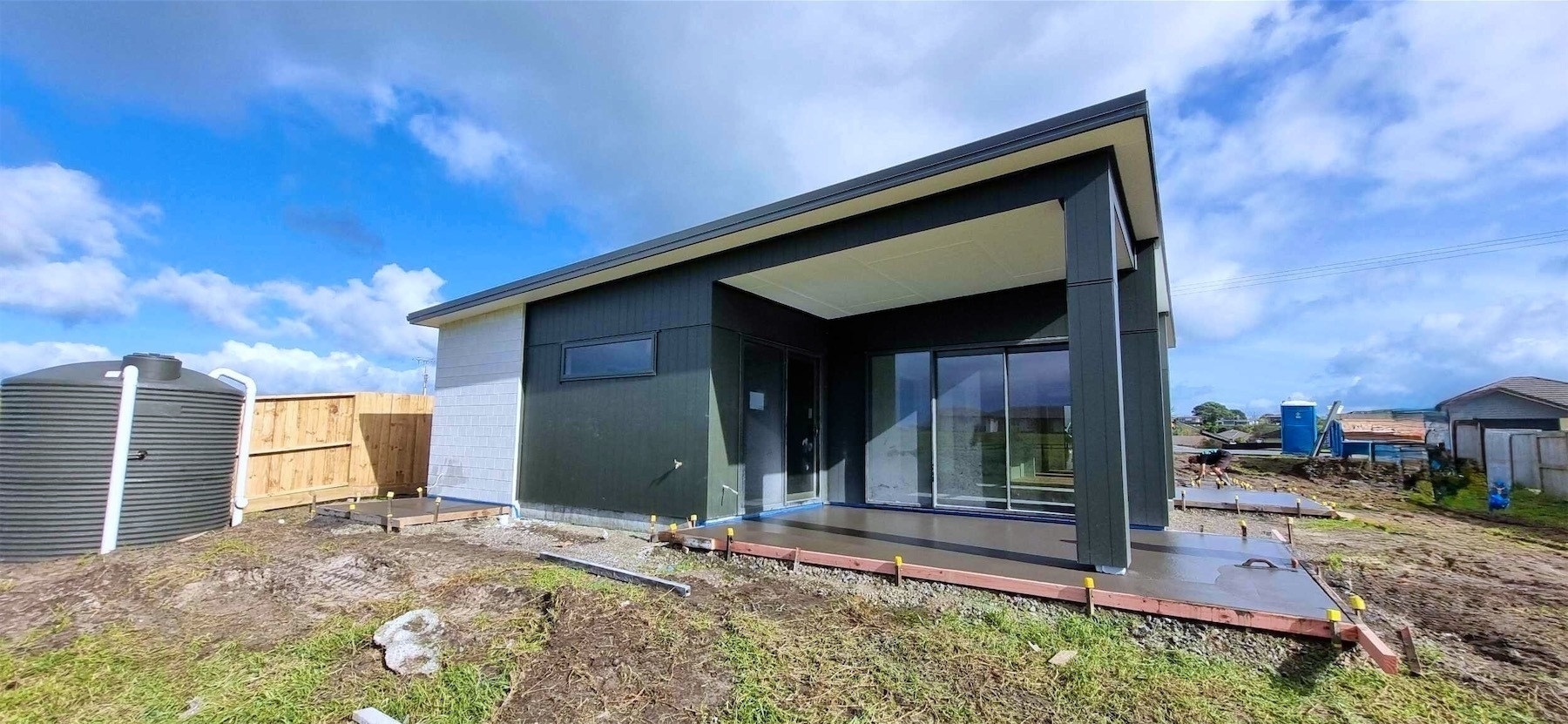
Little spotted kiwi found on New Zealand's mainland for first time in 50 years | RNZ News:
Conservationists are delighted after a unique kiwi was rediscovered in Aotearoa for the first time in 50 years.
The little spotted kiwi, or kiwi pukupuku, was first spotted in the remote Adams Wilderness Area in the West Coast …
Despite years of searching, the last known sighting of a kiwi pukupuku on the mainland was in 1978.
A brutalist approach to roads
A couple of weeks ago we really enjoyed driving over the new Te Ahu a Turanga | Manawatū Tararua Highway with its beautiful landscaping and artworks. It was such a pleasure. We were only sightseeing, but how uplifting for the regular users to have a few moments of joy in their day.
Today I read these savage words from our government about local roads (my emphasis):
Bishop revived the coalition's call for councils to tighten their belts and to focus their priorities on housing and infrastructure.
"It's okay to build a local road without spending hundreds of thousands on artworks," he said. "Not everything you do has to be an architectural masterpiece.
"The only awards your projects should be winning are for cost efficiency and effectiveness."
Via: Govt to halt 'pricey, pointless' council planning work ahead RMA overhaul.
Yeah, don't waste a single cent on bringing joy into the lives of the 95% of our population who are suffering the brutality of this government's cuts and chaos.
Tl;dr — today's headlines: death, doom, destruction and chaos. (So, what's new?) 😵💫
One of the things we're really looking forward to in our new house is the pantry with plenty of shelves for our food, crockery etc. 🏡
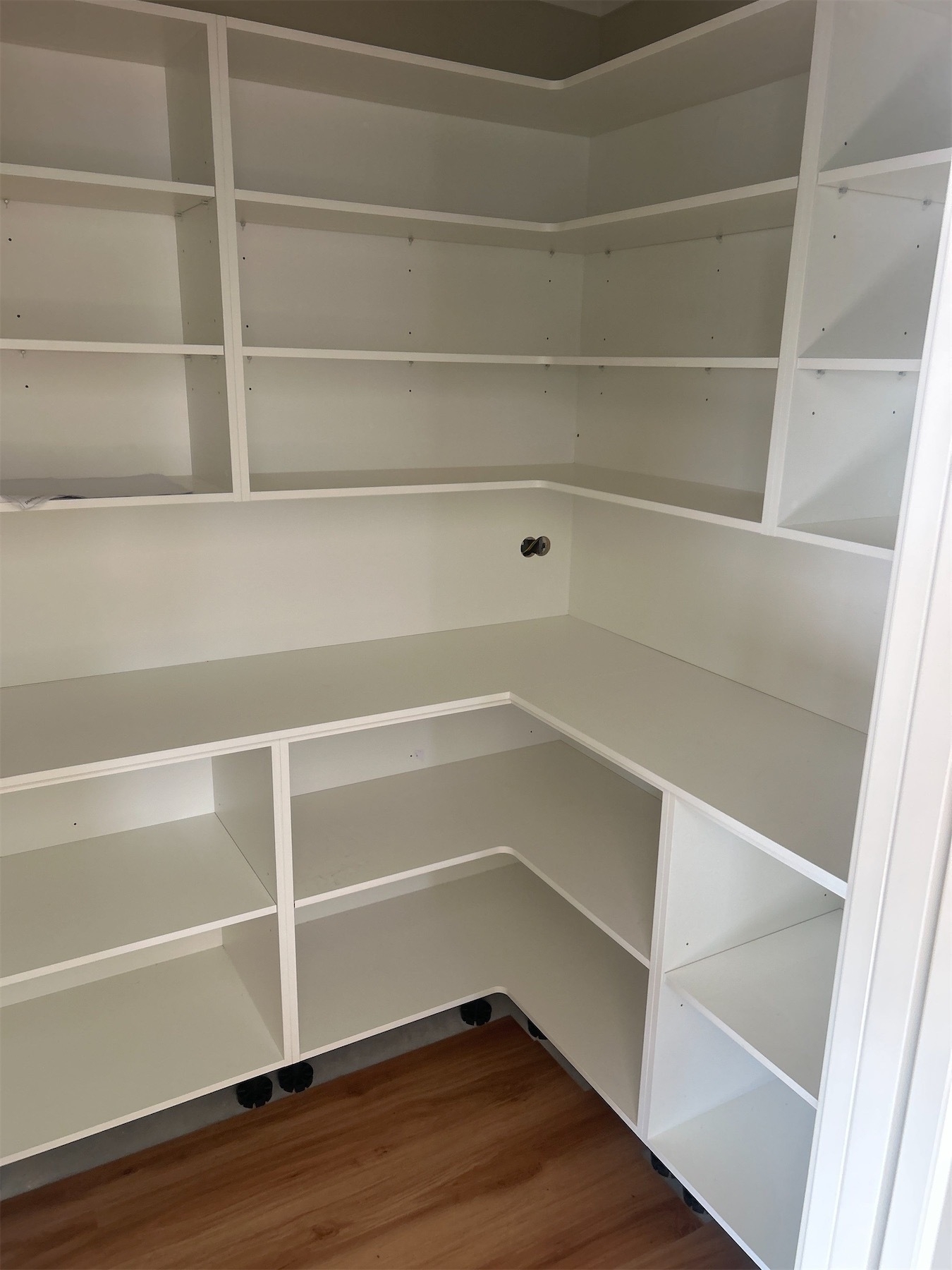
Looks like these are adjustable too.
The builder sent us a swag of exciting photos today as our house nears completion. 🏡
The kitchen isn't quite finished yet, but it's looking so good. It even has a warning to the builders not to put their gear on the surfaces.

I jumped into this series with the last available book Body at the Doctor's (DI Jordan Carr Book 9) by Diane M. Dickson.
The book's set in Liverpool and I really enjoyed the 'local' language. I may read others in the series. 📚
"I wouldn't fit in here. Not me, I'm chavvy deep down," Stella said.
